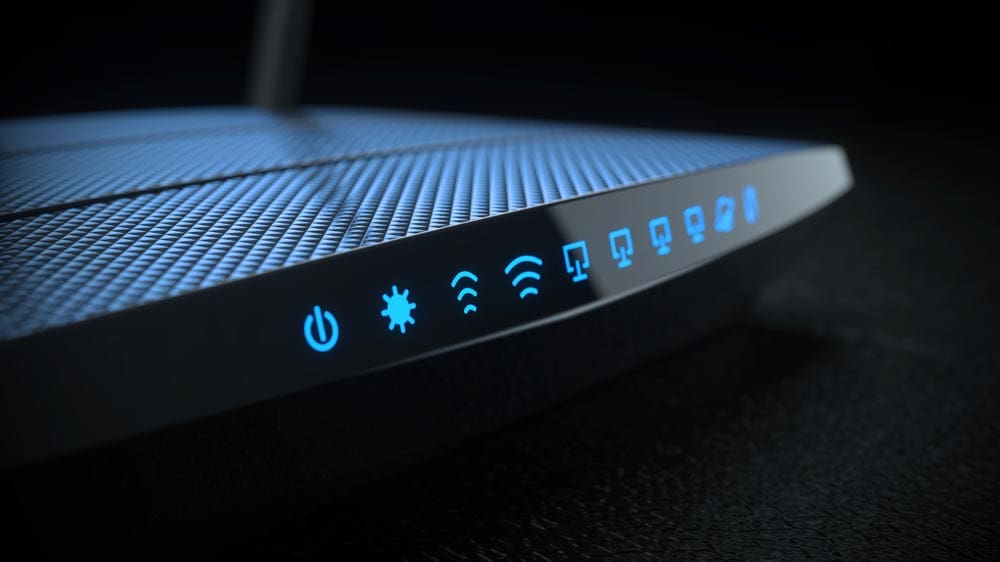The lifecycles of technology innovation and standards refinement are tightly entwined in a space as huge and long-lasting as Ethernet.
For example, the new IEEE 802.3cu™, IEEE Draft Standard for Ethernet Amendment: Physical Layers and Management Parameters for 100 Gb/s and 400 Gb/s Operation over Single-Mode Fiber at 100 Gb/s per Wavelength, marks the third time the IEEE 802.3™ Ethernet Working Group has improved the specification methodology for 100 Gigabit per second (Gb/s) per lane optical networking, this time to add four new interfaces.
As the Ethernet industry has acquired more experience with the technology and taken the existing specifications to volume production and deployment, the lessons learned from real-world implementation have cycled back into the standards-development process. Over time, informed by these insights from deployment, we have gradually migrated the specification methodology to maximize manufacturability, reduce cost, and boost interoperability. Now, this knowledge has been applied to the longer reach interfaces.
New Technical Interfaces
The new IEEE 802.3cu standard defines a cost-effective, more power-efficient approach for achieving 100 Gb/s and 400 Gb/s Ethernet networking. Four new physical layer (PHY) specifications are defined:
- 100GBASE-FR1 for 100 Gb/s serial transmission over one wavelength of single‑mode fiber (SMF) of up to at least 2 km
- 100GBASE-LR1 for 100 Gb/s serial transmission over one wavelength of SMF up to at least 10 km
- 400GBASE-FR4 for 400 Gb/s serial transmission over four wavelength division multiplexing (WDM) lanes of SMF up to at least 2 km
- 400GBASE-LR4-6 for 400 Gb/s serial transmission over four WDM lanes of SMF up to at least 6 km (with a loss budget equivalent to 10 km)
Enhancing the Global Ethernet Ecosystem
Specifications for 100 Gb/s per wavelength technology at 100 Gb/s and 400 Gb/s Ethernet had been established in IEEE 802.3bs™-2017 and IEEE 802.3cd™-2018, and strong end user interest and public demonstrations of 100 Gb/s per wavelength technology over 2 km and 10 km were evident.
Building on this momentum and the interest to create a solid and interoperable specification, IEEE 802.3cu was formed. Using this industry knowledge, refinements to the specification methodologies were adopted to ensure a variety of technology choices for key components were available, and simplified test solutions were available without losing the focus on interoperability which is the foundation of Ethernet specifications.
As a result, IEEE 802.3cu builds on this array of Ethernet component- and system-design experience, as well as the broad knowledge base of Ethernet network operation, to extend common 100 Gb/s per wavelength technology building blocks across all required SMF reaches.
Fewer lasers are needed to achieve 400 Gb/s across the optical fiber spans, and that means reduced power requirements for network operators. And by leveraging the proven and familiar SMF media consistent with industry deployments and preserving network architecture, management, and software, IEEE 802.3 cu also is designed to minimize network design, installation, and maintenance costs. Component count is reduced; platform density is increased; and investment protection for legacy cabling infrastructure are protected.
In fact, these are hallmark benefits across the entire IEEE 802.3 Ethernet standards family. The working group maintains a strict commitment to backwards compatibility, interoperability, and manufacturability—all key attributes in terms of reducing risk and providing a clear path forward for the massive global Ethernet ecosystem.
Moving Forward
Innovation of standardized Ethernet never stops. For example, the IEEE 802.3 Beyond 400Gb/s Ethernet Study Group has been formed to look into the possibilities of initiating a new IEEE project that would standardize capabilities exceeding today’s maximum data rate of 400 Gb/s.
With bandwidth demand escalating across every aspect of Ethernet networking around the world, individuals and organizations are encouraged to explore and engage in this and other IEEE 802 initiatives and learn more about IEEE 802.3cu standard.
Author: Mark Nowell, IEEE 802.3cu Task Force Chair








